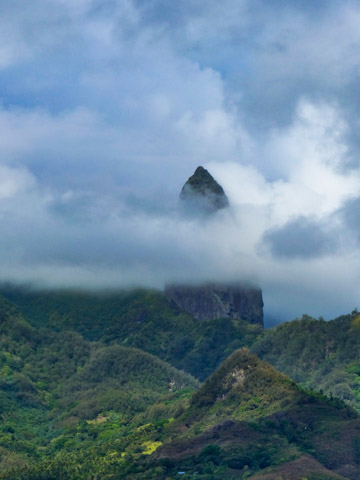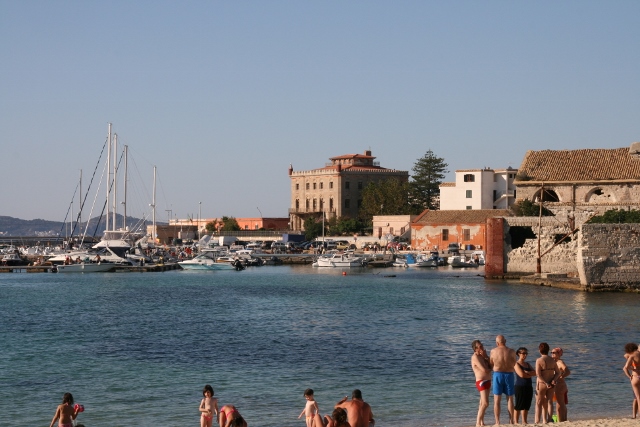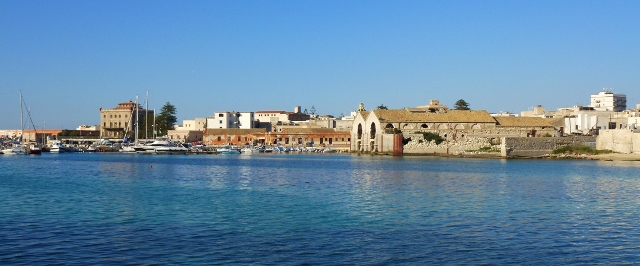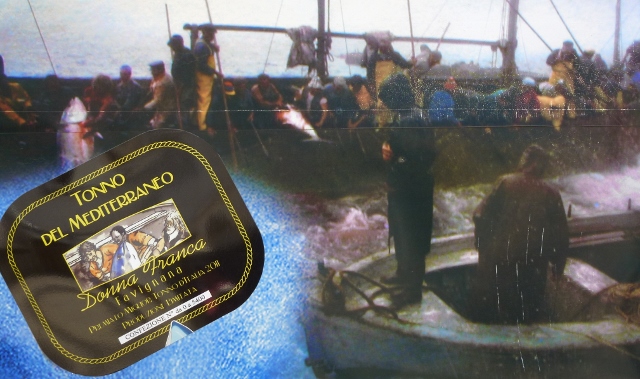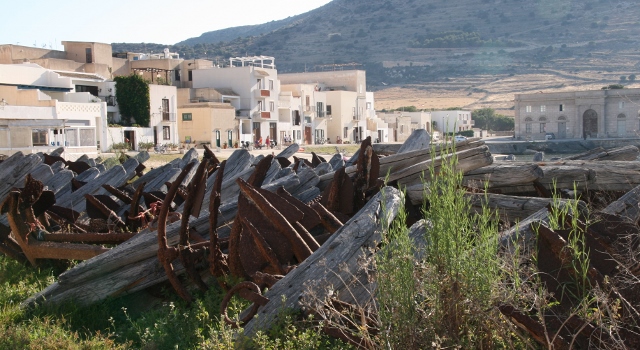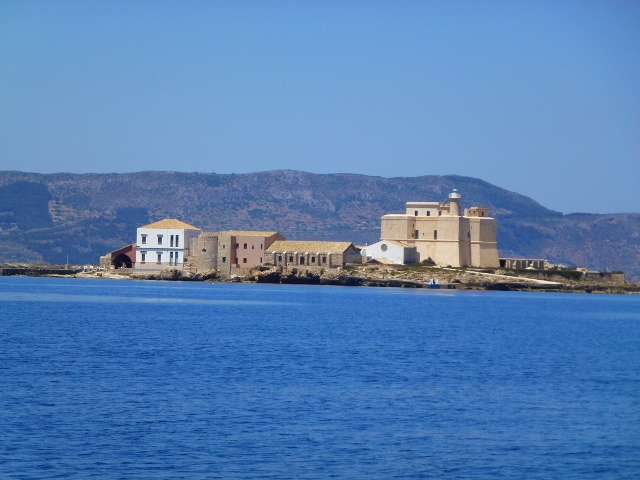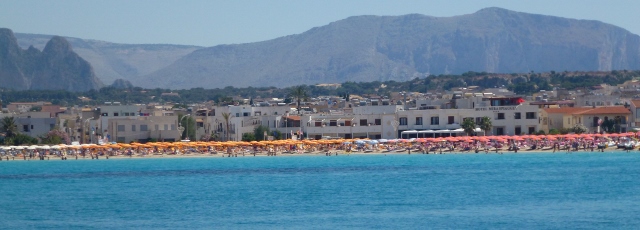Like a kid at Christmas, I would wake up before dawn if we were going to make landfall. There are other early birds on this trip, who we would join on deck 9 and we would watch with fascination the abilities of the men of the Supercargo. These men would initially be hoisted off the ship on a barge and life boats and approach the harbour to prepare for docking. They were able to handle all types of conditions.

On Ua Pou, the Aranui goes into a small harbour with a smaller wharf. These men of the Supercargo are experienced in docking the Aranui with precision and speed.
After breakfast, we left the boat and hiked to the white cross which overlooks the village of Hakahau. You can see Aranui in the lower right hand corner.
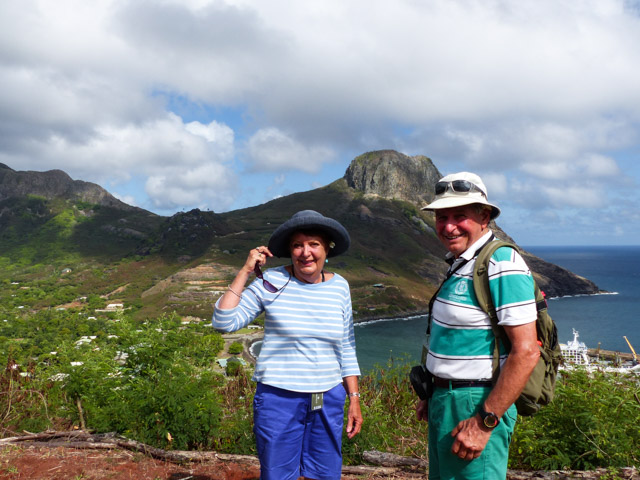
Almost every village we visited welcomed us with song and some with dance. We hiked down and went to Pae Pae for a welcome dance and haka. The men did the haka and then jumped into the crowd. There was an abrupt intake of breath and a few people in the front row were heartily surprised. The dancing woman are more welcoming.
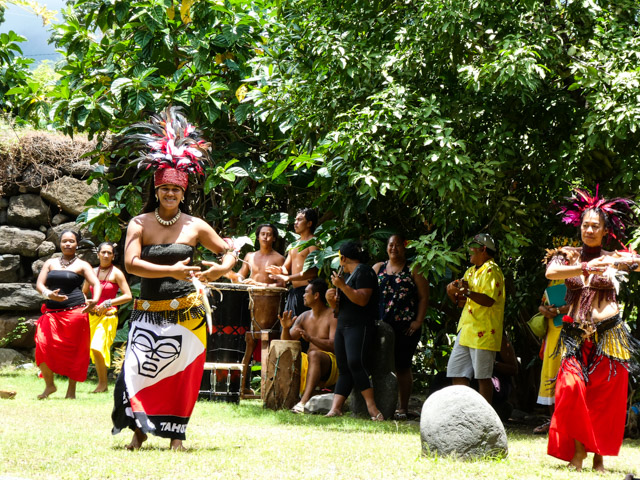
Ua Pou is famous for Flower Stone, spewed out by volcanoes with crystalline garnet flowers in the stone. We went to the cultural centre to find a hand carved Cailloux Fleuris or Flower stone.
On the way back to the Aranui, we could see the children using the ship as a playground. They would dare each other to ‘walk the plank’ on the ropes and then jump in.
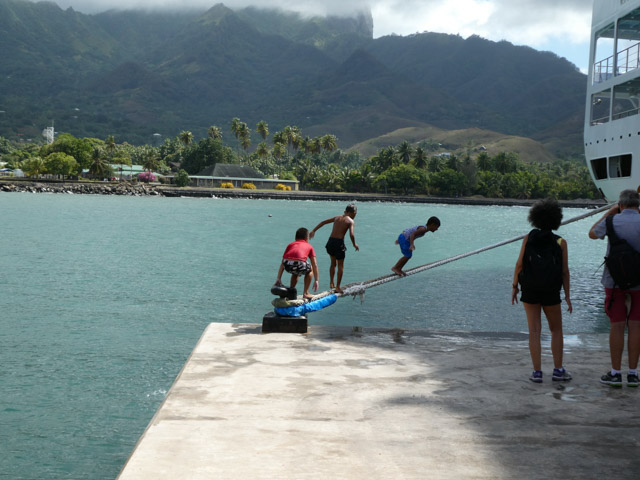
As the ships leaves the harbour, James spots a big stingray coming to the surface with the churn of sand from the harbour and once the Aranui is in place to leave Ua Pou, they bring the barge back onto the ship.
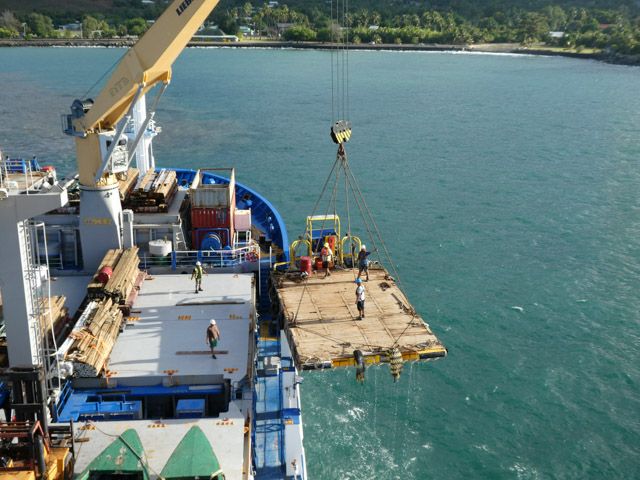
Ua Pou is also an island known for its majestic volcanic spires, which are often captured in cloud. We see this as we sail away.
